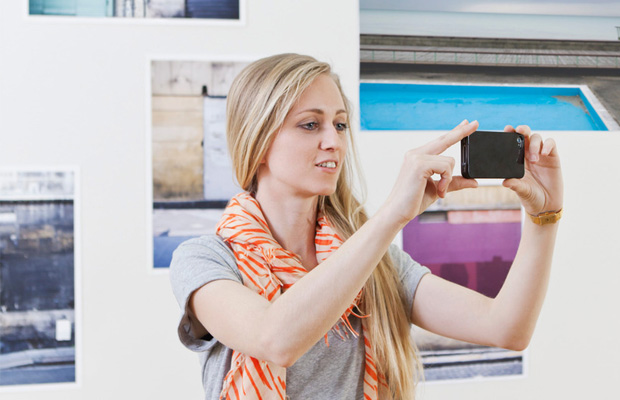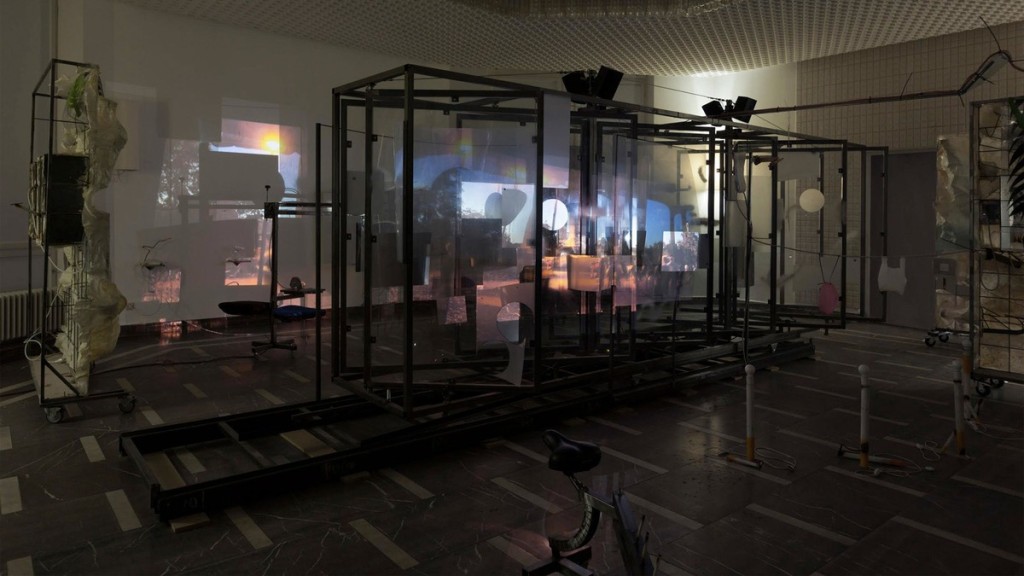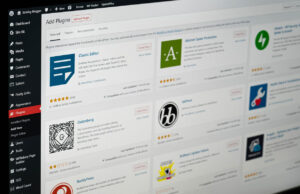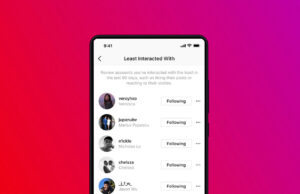How To Use Instagram To Invest In Art

As he looked through Instagram at home in Copenhagen, Peter Ibsen noticed paintings by French artist Baptiste Caccia that were bound for an art fair in Brussels.
“I wrote something like ‘very nice’ on the feed, and 10 minutes later his gallery called me,” Ibsen said. Thirty minutes later, he bought the painting.
Facebook and Instagram are considered the two most important social media channels in the art world, according to the 2015 Online Art Trade Report by Hiscox, the London-based fine-art insurers. According to its survey, 69% of 519 respondents who have been collecting for less than three years said they use Instagram for art-related purposes.
“In the old days, I would never have found the work” by Caccia, Ibsen says. “I wasn’t in Brussels. I wouldn’t have had the chance to buy it.”
Ibsen said he’s bought as many as 15 artworks through the app in the past three years. He bought the Caccia from Super Dakota, a gallery from which he previously purchased another work by the same artist. Caccia’s works range from €3,000 ($3,370) to €9,000, according to the Brussels gallery.
‘Readable Works’
“It’s not uncommon for us to have people inquire about a work because they saw it on Instagram,” said Damien Bertelle-Rogier, the founder of Super Dakota. “I try to curate our Instagram to represent the spirit of the gallery, and sometimes collectors respond quite well to it.”
“We start a conversation, and then we sell it,” Hertling said in a telephone interview. “You can’t sell something for €500,000 on Instagram. But you can sell a young artist who makes colorful, readable works.”

‘Dumb Jokes’
“My relationship to Instagram is just to give an idea of who I am,” says Kadar Brock, who has 1,230 followers on Instagram and is represented by London’s Vigo Gallery. “I share dumb insider jokes but then also show studio shots and in-process shots.”
Lauren Seiden, an artist represented by the Denny Gallery on New York’s Lower East Side, says she’s been contacted by multiple collectors but directs them to her gallery.
The trend has its drawbacks. “Instagramable” works can draw more attention at the expense of more subtle, or difficult, art. According to the Hiscox survey, 74% of respondents said they were influenced by posts from other art collectors.
“What I’ve seen happen is maybe collectors will post two works they’re considering,” says Leighton. “They’ll see which one gets more likes, and then they’ll come back and say, ‘OK, I want this one.”
Social media is likely to play an important role in driving future online sales, according to the Hiscox report. In its survey, 41% of respondents said they discovered an online art sales platform through social media, up from 34% last year.
There’s a concern that artists may feel pressured to create works that look good on the app, which in turn affects the type of art being created.
“Artists play the game because they have to survive,” says Super Dakota’s Bertelle-Rogier. “Some artists are the darlings of the art world at the moment because of Instagram.”
Via Mashable













 © 2024
© 2024
0 comments